NEW YORK, USA: New findings using dinosaur teeth could help to explain how the reptiles were able to regulate their body temperature, researchers from the California Institute of Technology in the US have reported. By measuring subatomic particle concentrations in fossil teeth in two of the largest dinosaur species, they claim to have found that the animals’ body temperatures were much higher than that of other reptiles and comparable to mammals.
Since the first species was officially classified in 1824, anthropologists have quarrelled over whether dinosaurs were cold- or warm-blooded. The latest research suggests that they were warmer than originally expected and probably able to reduce body heat through special physiological features. Scientists, however, were not able to determine the body temperature of the creatures except through indirect methods, such as measuring the spacing of dinosaur tracks or the growth rate of bones.
embedImagecenter("Imagecenter_1_336",336, "large");
The new approach developed by geochemist Robert Eagle and geologist Prof. John Eiler is able to determine body temperature to within one or two degrees, the researchers say. It measures the concentration of rare carbon and oxygen particles that clump and form minerals called bioapatites,a process that is deoendent on heat. The researchers analysed the clumps in 11 teeth of the Brachiosaurus brancai and Camarasaurus species found in different locations in the US and Tanzania.
“Nobody has used this approach to look at dinosaur body temperatures before so our study provides a completely different angle on the long-standing debate about dinosaur physiology,” Eagle commented.
He and Prof. Eiler announced that they would be applying the method to other dinosaurs and extinct animals, including mammals, in order to find out more about how they evolved
NEW YORK, NY, USA/LEIPZIG, Germany: Research presented at the first global symposium for dental stem cell research in New York could mean a new breakthrough...
PRINCETON, N.J., USA: Princeton University researchers have successfully tested a special kind of biosensor that could help to prevent disease by detecting ...
PITTSBURGH & ANN HARBOR, Mich./CAMBRIDGE, Mass., USA: Enamel is known to be one of the hardest tissues in the human body. Researchers from the Forsyth ...
NEW YORK, NY, USA: Teeth whitening seems to be on everyone’s wish list—and this trend is likely to continue through 2011, according to a quick ...
SAN DIEGO, US: As cannabis use becomes more common, its health risks remain under investigation—particularly its impact on cancer. Some users develop ...
The Endoring II, available from Jordco, enables the clinician to directly place, store, measure and clean endodontic hand and rotary instruments within the ...
NEW YORK, N.Y., USA: The Dental Quality Alliance (DQA), comprising multiple stakeholders from across the oral health community, has released its first set ...
NEW YORK, USA/LEIPZIG, Germany: Osseointegration remains one of the biggest challenges in implant dentistry. Scientists from the North Carolina ...
Dental Tribune had the opportunity recently to interview Dr Louis E. Rossman, president of the American Association of Endodontists. Rossman, who is in ...
SAN DIEGO, CA, USA: Researchers at the University of California, Los Angeles (UCLA), School of Dentistry, in cooperation with the University of Michigan and...
Live webinar
Wed. 14 January 2026
12:00 PM EST (New York)
Dr. Théo Laplane, Dr. Robert Gottlander DDS
Live webinar
Fri. 16 January 2026
12:00 PM EST (New York)
Live webinar
Mon. 19 January 2026
1:00 PM EST (New York)
Philipp Kopp, Michael Seeber
Live webinar
Thu. 22 January 2026
9:00 AM EST (New York)
Prof. Judith Jones D.D.S; M.P.H., Prof. Kakuhiro Fukai D.D.S., Ph.D, Dr. Bathsheba (Bethy) Turton
Live webinar
Thu. 22 January 2026
2:00 PM EST (New York)
Dr. Nicola M. Grande DDS, PhD
Live webinar
Wed. 28 January 2026
8:00 AM EST (New York)
Live webinar
Wed. 28 January 2026
11:00 AM EST (New York)
Prof. Dr. Jan-Frederik Güth



 Austria / Österreich
Austria / Österreich
 Bosnia and Herzegovina / Босна и Херцеговина
Bosnia and Herzegovina / Босна и Херцеговина
 Bulgaria / България
Bulgaria / България
 Croatia / Hrvatska
Croatia / Hrvatska
 Czech Republic & Slovakia / Česká republika & Slovensko
Czech Republic & Slovakia / Česká republika & Slovensko
 France / France
France / France
 Germany / Deutschland
Germany / Deutschland
 Greece / ΕΛΛΑΔΑ
Greece / ΕΛΛΑΔΑ
 Hungary / Hungary
Hungary / Hungary
 Italy / Italia
Italy / Italia
 Netherlands / Nederland
Netherlands / Nederland
 Nordic / Nordic
Nordic / Nordic
 Poland / Polska
Poland / Polska
 Portugal / Portugal
Portugal / Portugal
 Romania & Moldova / România & Moldova
Romania & Moldova / România & Moldova
 Slovenia / Slovenija
Slovenia / Slovenija
 Serbia & Montenegro / Србија и Црна Гора
Serbia & Montenegro / Србија и Црна Гора
 Spain / España
Spain / España
 Switzerland / Schweiz
Switzerland / Schweiz
 Turkey / Türkiye
Turkey / Türkiye
 UK & Ireland / UK & Ireland
UK & Ireland / UK & Ireland
 International / International
International / International
 Brazil / Brasil
Brazil / Brasil
 Canada / Canada
Canada / Canada
 Latin America / Latinoamérica
Latin America / Latinoamérica
 China / 中国
China / 中国
 India / भारत गणराज्य
India / भारत गणराज्य
 Pakistan / Pākistān
Pakistan / Pākistān
 Vietnam / Việt Nam
Vietnam / Việt Nam
 ASEAN / ASEAN
ASEAN / ASEAN
 Israel / מְדִינַת יִשְׂרָאֵל
Israel / מְדִינַת יִשְׂרָאֵל
 Algeria, Morocco & Tunisia / الجزائر والمغرب وتونس
Algeria, Morocco & Tunisia / الجزائر والمغرب وتونس
 Middle East / Middle East
Middle East / Middle East

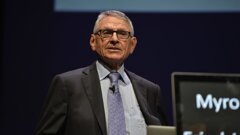




























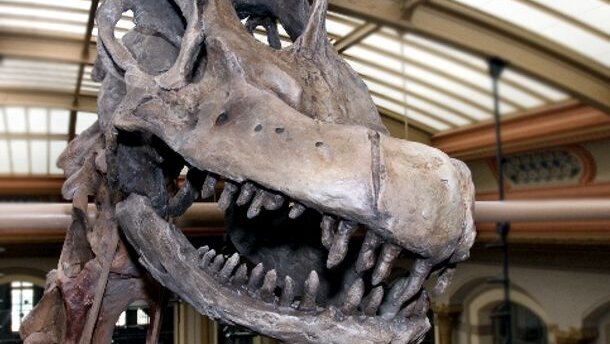



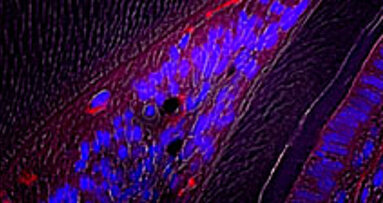
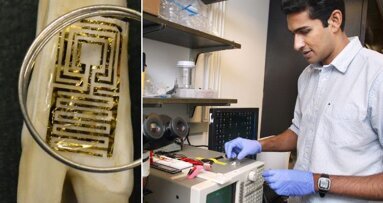
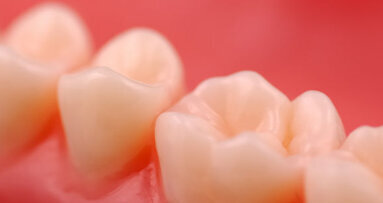
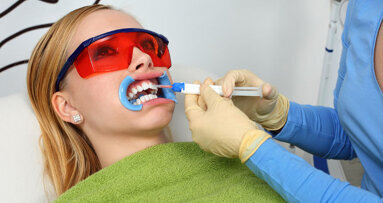

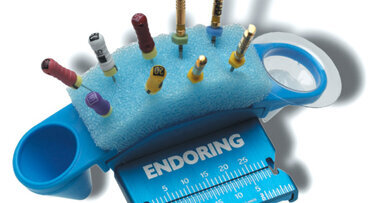

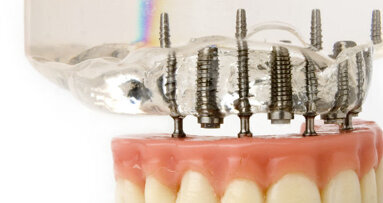
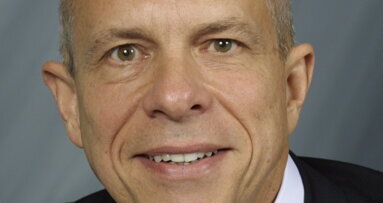
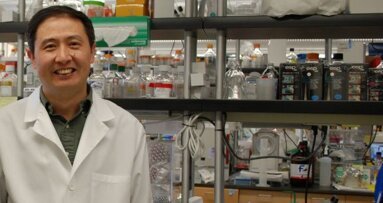

















To post a reply please login or register